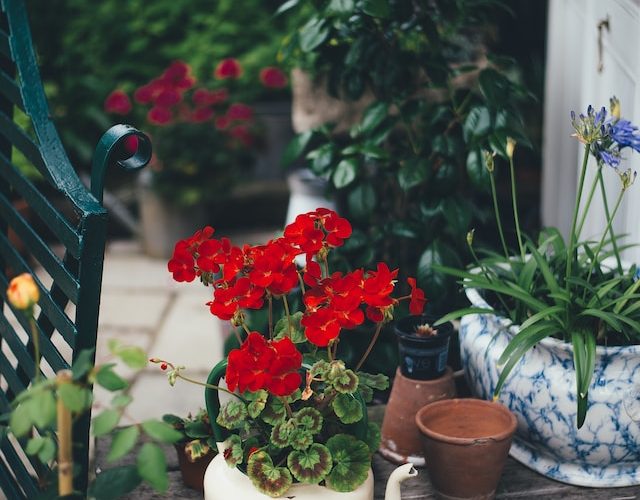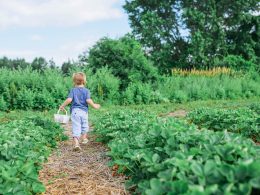Introduction:
Home gardening has become increasingly popular in recent years, as people seek to reconnect with nature and enjoy the benefits of growing their own food. Whether you have a spacious backyard or a small balcony, starting a home garden can be a rewarding and fulfilling experience. In this article, we will provide you with some valuable tips to help you get started on your home gardening journey.
1. Assess Your Space:
Before you begin planting, it’s important to assess the space you have available for your garden. Consider factors such as sunlight exposure, soil quality, and drainage. If you have limited space, container gardening or vertical gardening techniques can be great options. Understanding your space will help you make informed decisions about what plants to grow and how to arrange them.
2. Choose the Right Plants:
Selecting the right plants for your home garden is crucial for success. Consider your climate, available sunlight, and the amount of time you can dedicate to gardening. Opt for plants that are well-suited to your region and that match your gardening skills. Beginners may find it easier to start with low-maintenance plants such as herbs, salad greens, or cherry tomatoes.
3. Prepare the Soil:
Healthy soil is the foundation of a thriving garden. Before planting, prepare your soil by removing any weeds, rocks, or debris. Loosen the soil with a garden fork or tiller and add organic matter such as compost or well-rotted manure to improve its fertility and structure. Testing the pH level of your soil can also help you determine if any amendments are needed.
4. Provide Adequate Watering:
Watering is essential for the growth and development of your plants. Different plants have different water requirements, so it’s important to understand the needs of each plant in your garden. Generally, it’s better to water deeply and less frequently, rather than shallowly and frequently. Consider using a drip irrigation system or a watering can with a narrow spout to deliver water directly to the plant’s roots.
5. Implement Proper Planting Techniques:
When planting your seeds or seedlings, follow proper planting techniques to ensure their success. Dig a hole that is deep and wide enough to accommodate the plant’s roots. Gently remove the plant from its container, loosen the roots, and place it in the hole. Backfill the hole with soil, firming it gently around the plant. Water thoroughly after planting to help settle the soil.
6. Provide Adequate Sunlight:
Most plants require a certain amount of sunlight to grow and thrive. Ensure that your garden receives adequate sunlight by placing it in a location that gets at least 6-8 hours of direct sunlight per day. If you have limited sunlight, consider growing shade-tolerant plants or using reflective surfaces to maximize the available light.
7. Practice Regular Maintenance:
Maintaining your home garden is essential for its long-term success. Regularly check for pests, diseases, and weeds, and take appropriate measures to control them. Prune your plants as needed to promote healthy growth and remove any dead or damaged parts. Fertilize your plants with organic or slow-release fertilizers to provide them with essential nutrients.
Conclusion:
Starting a home garden can be a fulfilling and rewarding experience. By following these tips, you can set yourself up for success and enjoy the many benefits of growing your own food. Remember to start small, be patient, and learn from your experiences. Happy gardening!











